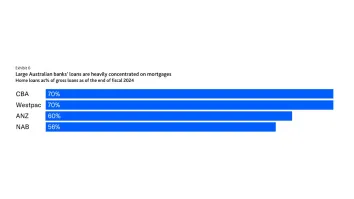AI drives 1500% growth in deepfake fraud across APAC
Sumsub integrates AI tools to combat deepfake threats and fraud networks.
The rapid proliferation of artificial intelligence has reshaped both the methods used to commit fraud and the technologies needed to prevent it, raising urgent concerns within the cybersecurity industry.
“Fraud networks are an equally critical issue,” said Penny Chai, Vice President of Business Development, APAC, Sumsub. “One in 100 digital identities globally is tied to a fraud network, and businesses must not ignore this.”
To counter these threats, Sumsub has developed advanced AI-driven tools designed to detect and prevent deepfake fraud. “We have incorporated AI to combat AI,” Chai explained. “For example, our verification systems now test the liveliness of individuals during onboarding, ensuring they are who they claim to be and not a deepfake.”
One standout innovation is Sumsub’s real-time video verification process, which incorporates state-of-the-art deepfake algorithms during live interviews. Unlike static image-based verification methods used by many competitors, this approach provides more robust defences against generative AI scams.
Chai emphasised the need for collaboration among security firms to stay ahead of fraudsters. “Fraud evolves so fast that in-house solutions often become outdated almost immediately. Businesses need scalable, globally adaptable verification systems like ours to protect themselves effectively.”
As fraud methods grow increasingly sophisticated, integrating advanced AI tools and fostering industry partnerships remain essential steps to safeguarding businesses and consumers. “Ultimately, working together on the best solutions and workflows will create a safer, more trusted world,” Chai concluded.
Note: SumSub clarified the AI deepfake growth rate is 1500% in 2023, not 1050% as stated in the video.



















 Advertise
Advertise









Commentary
Why APAC banks must rethink their approach to the cost reduction challenge
Thailand backs major conglomerates for digital banks but risks stifling innovation